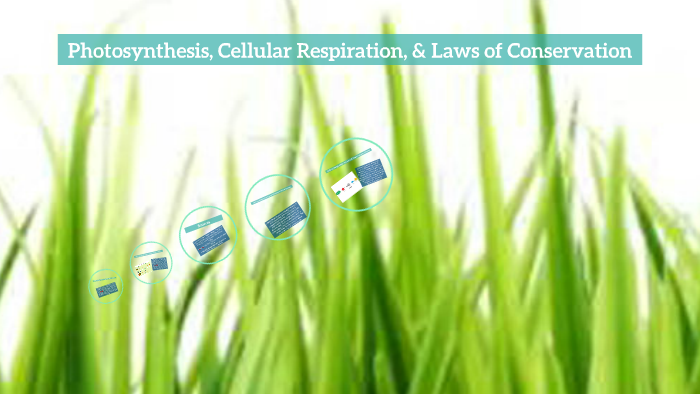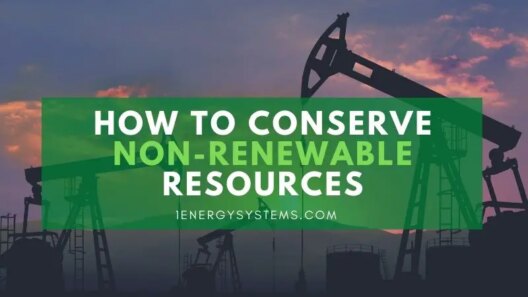Photosynthesis is a remarkable process that underscores the intricate balance of energy in the natural world. It poses a captivating question: How does the transformation of sunlight into chemical energy within plants exemplify the Law of Conservation of Energy? This fundamental principle asserts that energy cannot be created or destroyed but can only be transformed from one form to another. In exploring this phenomenon, we unveil the elegant mechanism behind nature’s solar power, a captivating interplay that supports life on Earth.
To comprehend this transformation, one must first appreciate the constituents involved in photosynthesis. This biochemical process occurs primarily in the chloroplasts of plant cells, where chlorophyll, the green pigment, captures sunlight. Sunlight is rich in energy, and it is this energy that initiates the process of photosynthesis. The overall reaction of photosynthesis can be summarized by the equation:
C6H12O6 + 6O2 -> 6CO2 + 6H2O + energy.
Here, carbon dioxide from the atmosphere and water from the soil are transformed into glucose and oxygen, utilizing the energy from sunlight. The energy transformation demonstrates the Law of Conservation of Energy, as the energy held in sunlight is not lost but instead is converted into stored chemical energy in the form of glucose.
The process can be divided into two primary phases: the light-dependent reactions and the light-independent reactions (Calvin cycle). During the light-dependent reactions, which occur in the thylakoid membranes of the chloroplasts, light energy is absorbed by chlorophyll. This provides the energy necessary to split water molecules (H2O) into oxygen (O2
The ATP and NADPH generated during the light-dependent reactions are then utilized in the Calvin cycle, which takes place in the stroma of the chloroplasts. In this phase, carbon dioxide is fixed into organic molecules, primarily through the action of an enzyme called RuBisCO. Through a complex series of reactions, this inorganic carbon is transformed into glucose, a carbohydrate that serves as a primary energy source for plants and ultimately, all other organisms on Earth. Here again, we witness the transformation of energy—sunlight is converted into chemical energy that sustains life.
But what if a variable were changed within this process? For instance, consider a world where light availability fluctuates dramatically due to environmental changes. How might this impact the efficiency of photosynthesis and, consequently, the entire food web dependent on this energy conversion? This hypothetical scenario introduces a significant challenge that underscores our current climate crisis. As temperatures rise and weather patterns shift, the availability of sunlight and water—crucial components for photosynthesis—may become increasingly inconsistent.
The ramifications of such changes could be dire. If photosynthesis becomes less efficient, the foundational energy source for nearly all terrestrial ecosystems may falter. The Law of Conservation of Energy implies that although energy itself cannot be destroyed, the ability to harness it can be deeply affected by environmental conditions. We may find ourselves contemplating a future wherein plant productivity decreases, leading to reduced oxygen production and compromised food supplies.
Encouragingly, awareness and advocacy for climate change mitigation can foster innovations in technology and agricultural practices. For example, efforts to optimize the conditions for photosynthesis through advances in agronomy and botanical engineering can help plants absorb more sunlight or utilize water more efficiently. Such innovations may enhance the resilience of agricultural systems, ensuring that the energy transformations celebrated in photosynthesis are supported even under changing climate conditions.
Furthermore, understanding the intricate mechanisms of photosynthesis invites deeper reflection on our role as stewards of the environment. Protecting green spaces, forests, and wetlands not only preserves biodiversity but also enables efficient carbon dioxide absorption. Through nurturing these ecosystems, we safeguard the natural processes that allow photosynthesis to thrive, thus ensuring that energy transformations continue to support life.
In conclusion, the study of photosynthesis serves as a powerful reminder of the interconnectedness of life and energy. It exemplifies the Law of Conservation of Energy by transforming solar energy into chemical energy, which fuels life on Earth. However, as climate change poses challenges to this delicate process, it becomes imperative that we advocate for the health of our planet. The questions we pose today, and the actions we take in response, will undoubtedly shape the future of photosynthesis and the energy landscape that sustains us all.
Harnessing nature’s solar power is not merely an environmental concern; it is a larger existential challenge. By understanding and supporting the processes that generate and transmute energy in our ecosystems, we can work towards a sustainable future that honors the foundational principles of energy conservation. The balance depends on our collective resolve to protect the intricate systems that nourish life on this planet.







